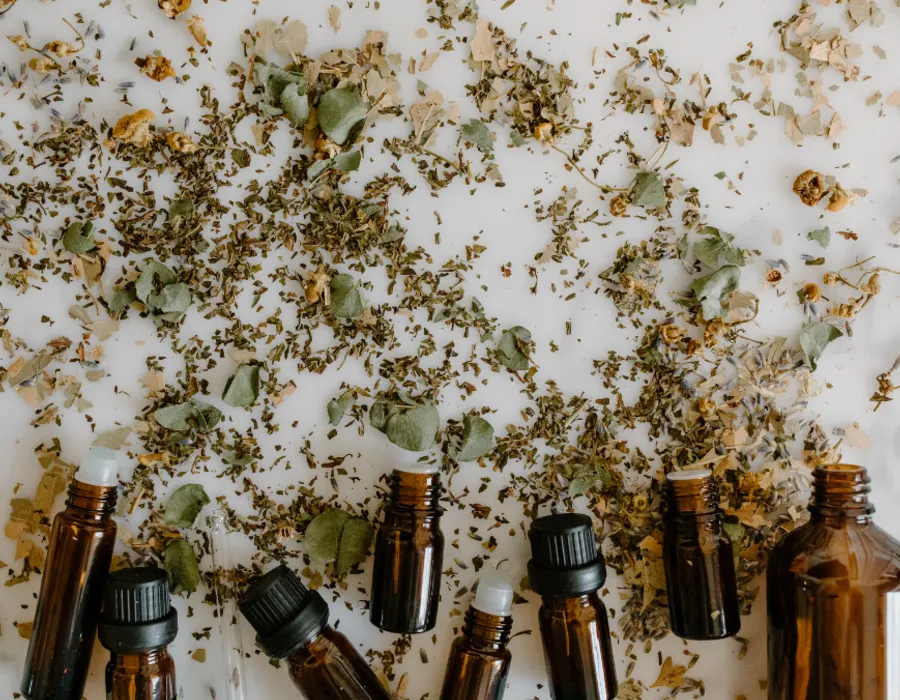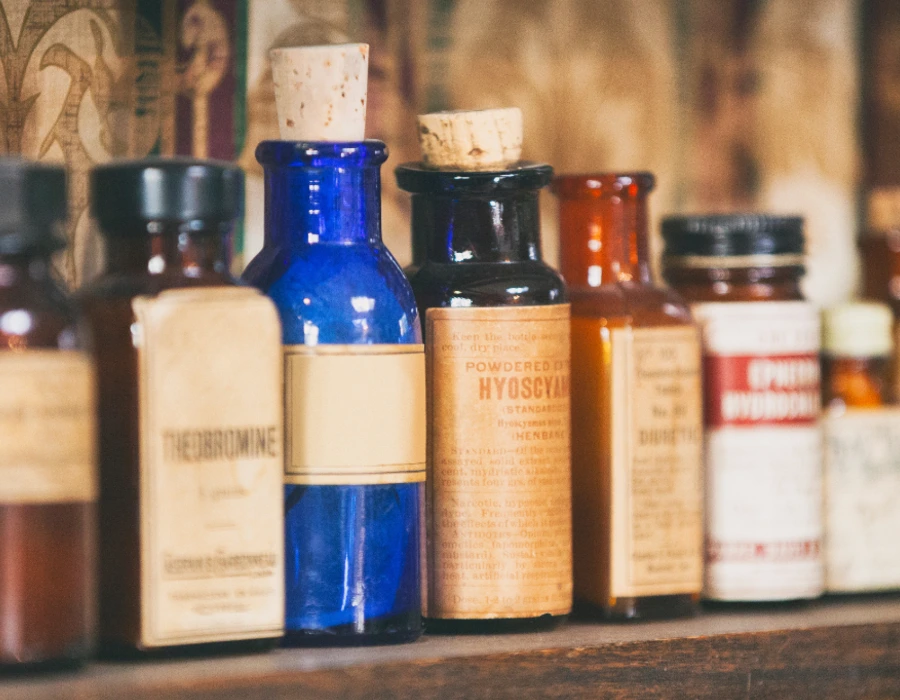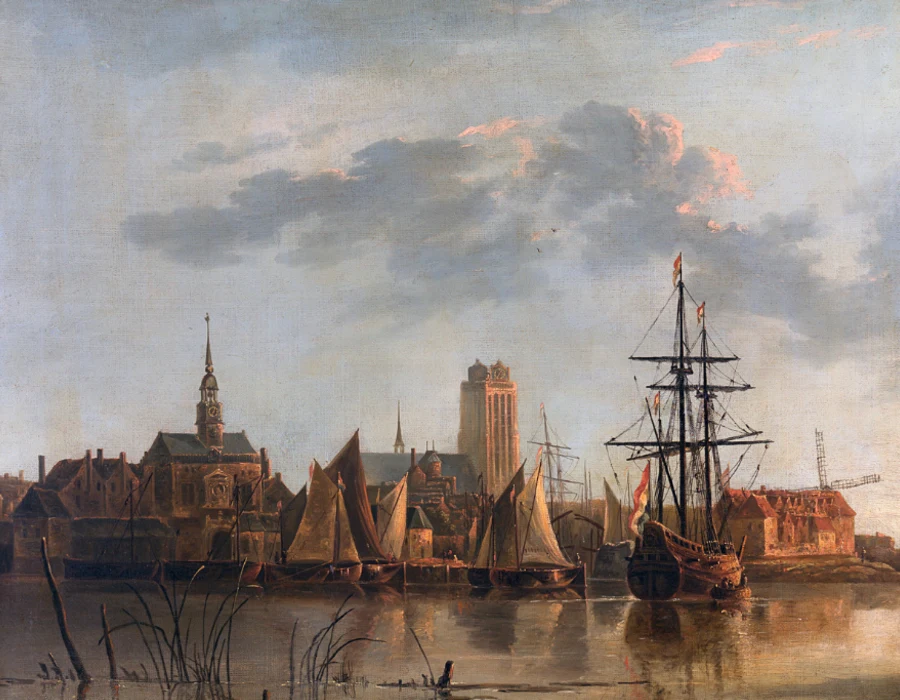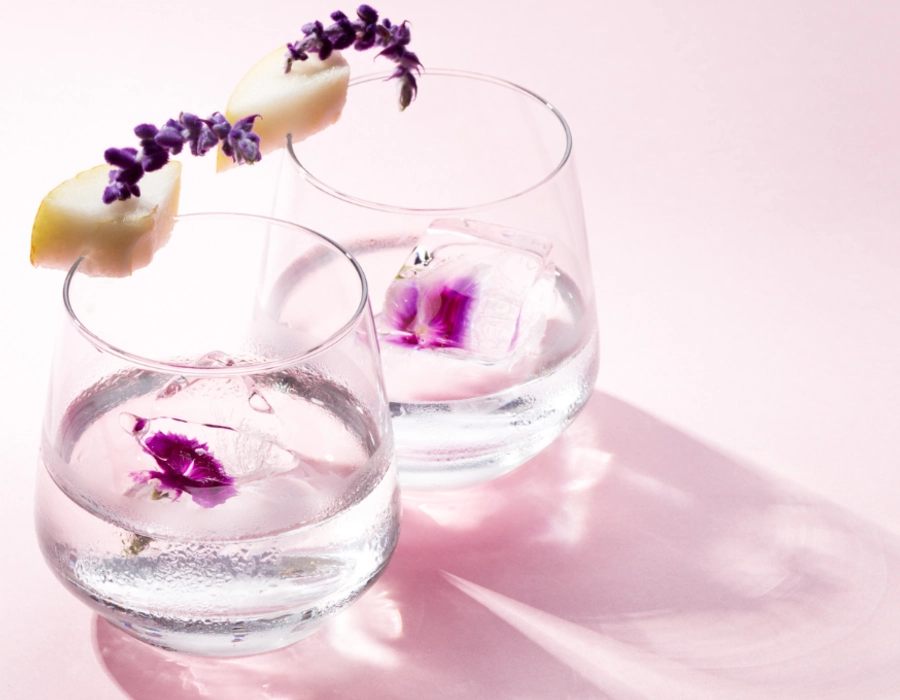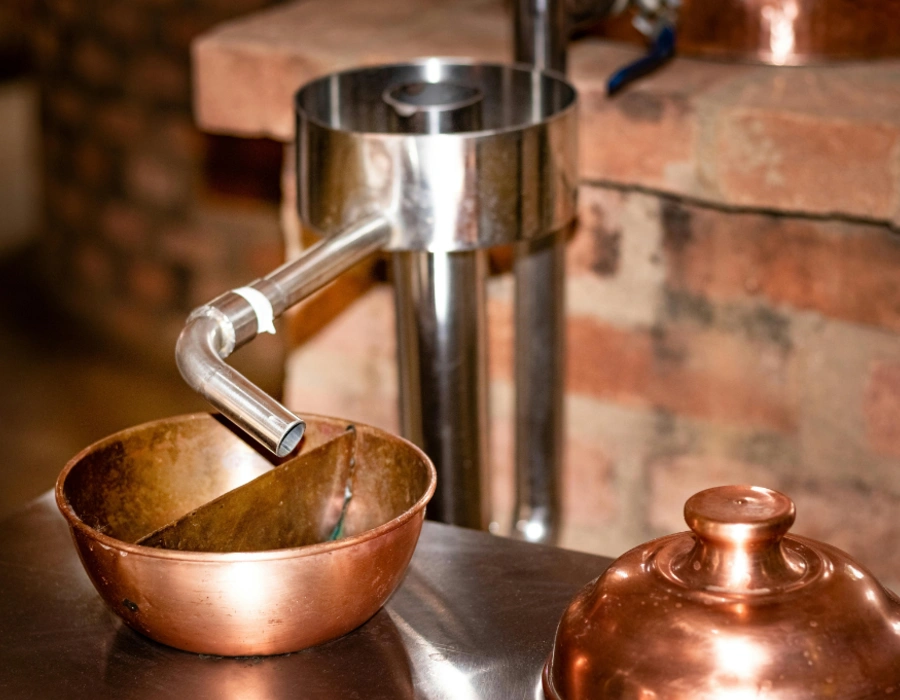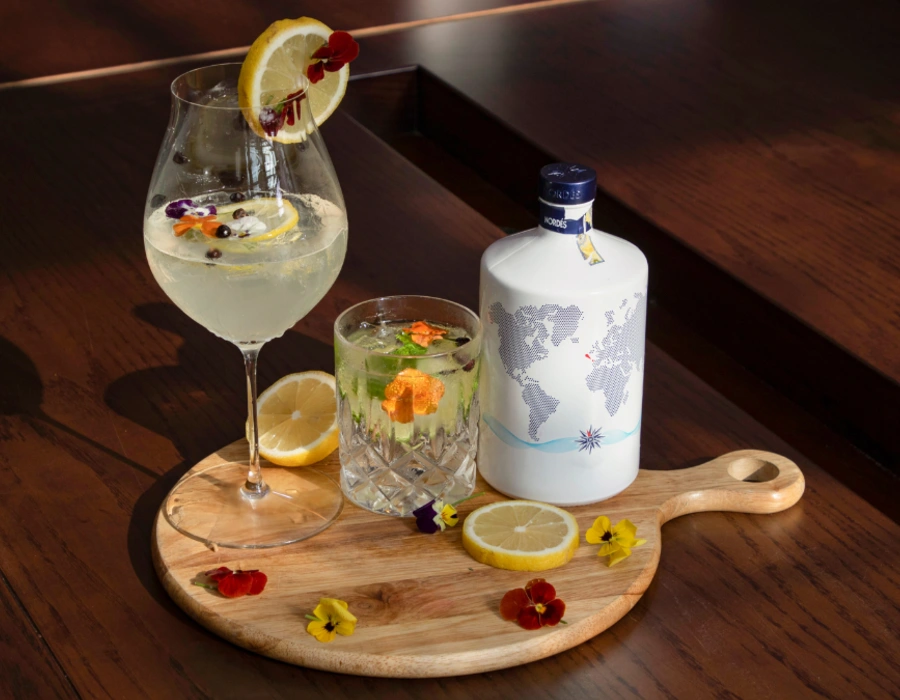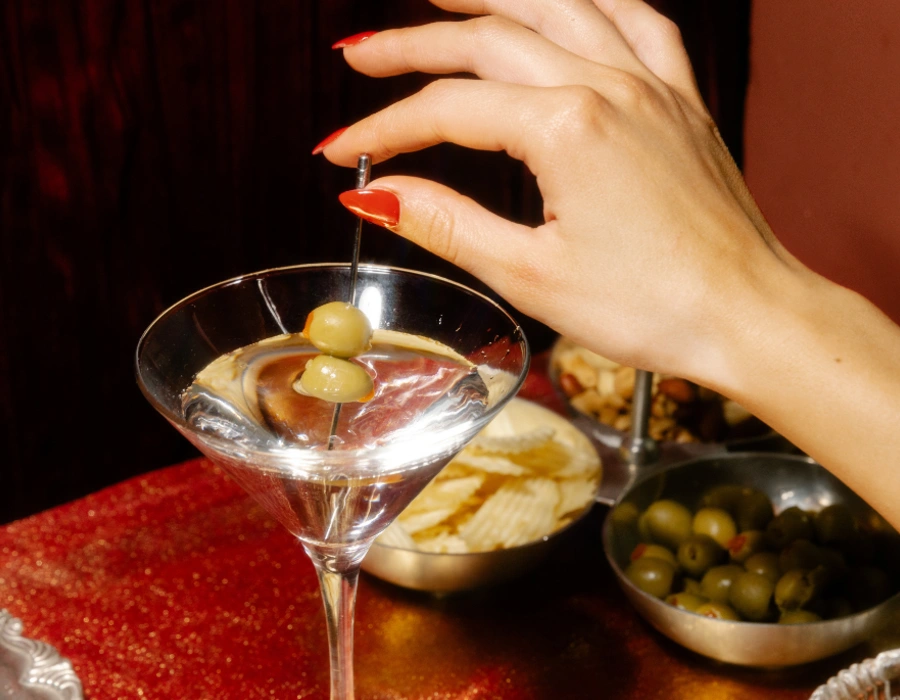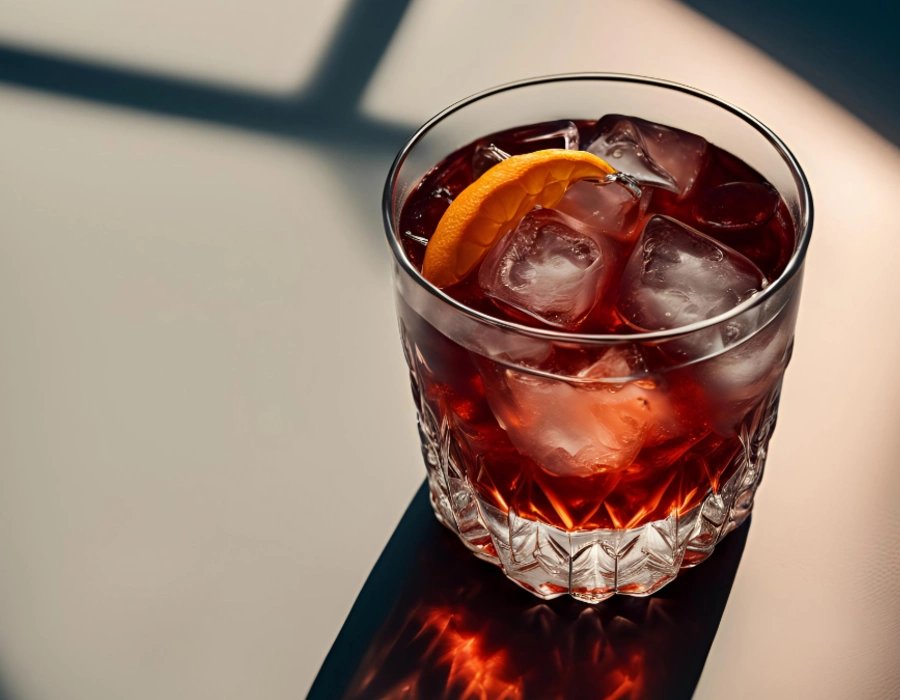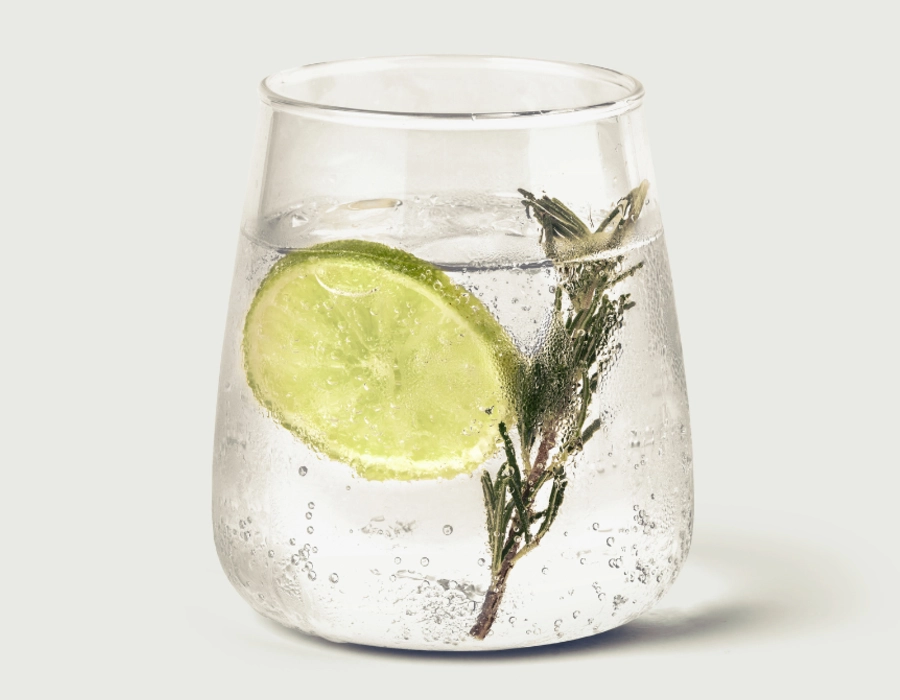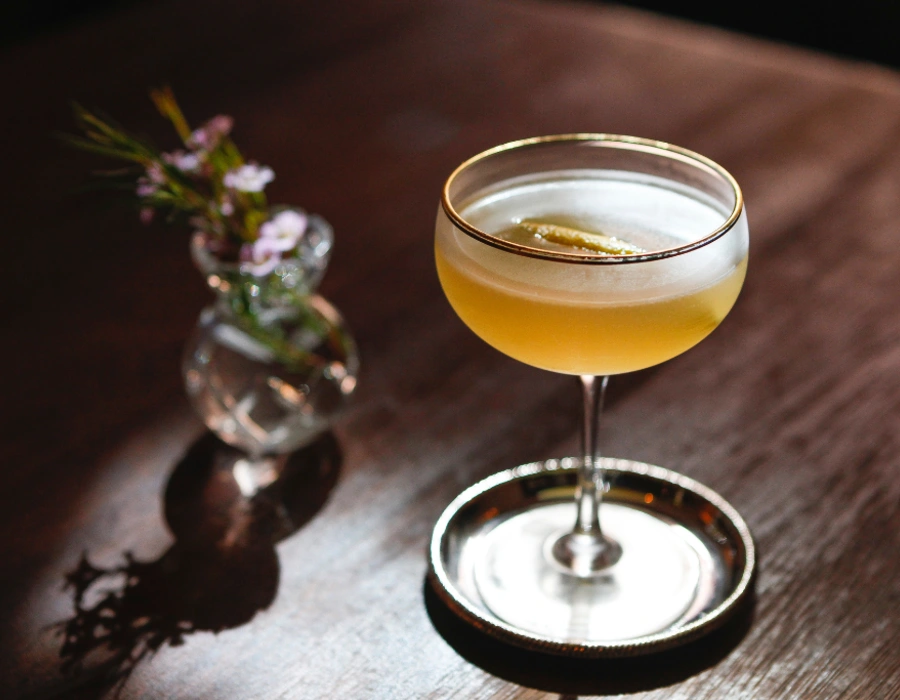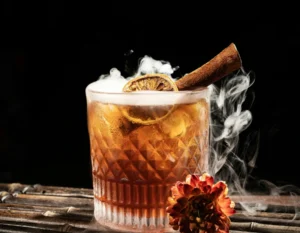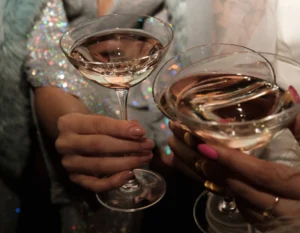Let’s take a little look at how gin went from medicinal elixir to full-blown gin craze. What started as a mix of natural botanicals and early distilling know-how quickly became a global phenomenon—thanks in part to British soldiers, a few wars, and a world that was very ready to raise a glass. From battlefield tonic to bar cart staple, gin has had quite the glow-up. Here’s how it all unfolded.
The Origins of Gin: Europe’s Botanical Brew
Before it sparked a mania or starred in classic cocktails, gin was humble, herbal, and deeply rooted in healing. Its early identity wasn’t as a party staple, but as a remedy. To understand how gin originated and evolved into one of the world’s most beloved spirits, we’ve got to travel back to its beginnings in Europe, where monks, medics, and soldiers all played a role in giving birth to a new kind of drink.
Natural Botanicals and Early Remedies
In medieval Europe, early healers leaned heavily on botanicals to treat everyday ailments. Benedictine monks in Southern Europe were among the first to combine distillation techniques with herbal knowledge, creating alcohol-based tinctures meant for medicinal purposes. Juniper berries were a favorite, not just for their bold, piney flavor, but for their reputation in treating everything from digestive issues to deadly disease outbreaks like the Black Death.
17th Century Beginnings in the Netherlands
Gin’s history truly took shape in the 17th century, when Dutch distillers developed a juniper-based spirit called genever. Originally prescribed by physicians, it became a common drink for soldiers in the Thirty Years’ War. English troops admired its nerve-steadying effects before battle, giving rise to the phrase Dutch courage. The name itself traces back to the Dutch word for juniper, “jeneverbes.”
Dutch Courage Meets English Curiosity
When British soldiers returned from the continent, they brought their new favorite botanical spirit home to England. The concept of blending juniper with other botanicals wasn’t entirely new, but the Dutch had elevated it. Gin’s popularity grew quickly, especially after William III (William of Orange) took the English throne and promoted homegrown spirits over French brandy. That royal boost helped turn gin from curiosity into cultural staple.
London Gin and the Spirit’s Wild Ascent
By the early 1700s, gin had taken deep root in England, and the public’s thirst for it grew almost overnight. What started as a patriotic alternative to imported spirits exploded into widespread consumption across social classes. The drink was cheap, potent, and didn’t require aging and perfect for rapid production in a city on the rise.
What Is London Dry Gin, Anyway?
London gin isn’t just about geography, it refers to a specific style of spirit. Defined by its clean, dry profile and the use of botanicals, this style became the blueprint for modern London dry gin. It was crisp, juniper-forward, and free from added sugar or artificial flavors. Though many associate it with the capital city, London dry could be produced anywhere, so long as it followed strict guidelines. The real difference was in the distillation process and the spirit’s final clarity and taste.
The Boom of Gin Shops and the Birth of Regulation
By the mid-18th century, unlicensed gin shops were nearly as common as bakeries. With no regulation in place, distilling became a free-for-all. Some producers cut corners using low-quality base spirits or adding questionable ingredients to boost potency. The chaos eventually drew political attention.
Enter the Gin Act of 1736. Meant to curb overproduction and public intoxication, it imposed heavy taxes and required licensed retailers, but it backfired. Illegal sales flourished, and gin simply went underground.
William Hogarth and the Public Reckoning
The artist William Hogarth captured the era’s intensity in his now-famous etchings Gin Lane and Beer Street, published with the backing of the British Library and reformers of the time. In Gin Lane, he depicted scenes of poverty, addiction, and child neglect, all fueled by cheap spirits. The images helped sway public opinion and gave lawmakers the support they needed to tighten regulations.
Distilled Gin and the Evolution of Production
As gin matured, so did the methods used to create it. Early batches were rough, harsh on the palate, and wildly inconsistent. But by the 19th century, advances in technology and technique ushered in a new era for this distilled spirit. Cleaner, smoother, and far more refined, modern gin started taking shape in stills across Europe and beyond.
From Pot Stills to Precision
Originally, gin was made in traditional stills; big copper kettles that heated fermented mash until the alcohol vaporized, then cooled and condensed it back into liquid. But these early methods were more art than science, and results varied wildly. The invention of the column still changed that, allowing for greater control and consistency in the distillation process. This was a turning point in gin production.
The Rise of Distilled Gin
As the process became more reliable, distilled gin emerged as a category all its own. Unlike compound gin (which simply mixes flavorings with alcohol), distilled gin is made by redistilling neutral spirit with carefully chosen botanicals. This extra step created smoother, more sophisticated gins that won over a growing crowd of gin enthusiasts.
Every distiller had a signature recipe some stuck with the classics like juniper, coriander, and angelica root. Others experimented with other botanicals, from citrus peels to exotic spices. The result? A stunning range of flavors, all grounded in the same clean, distilled base.
The Science of Gin: How It’s Made Today
Before it hits your glass, gin goes through a carefully controlled gin production process, one that distillers have honed over centuries.
Step 1: The Base Spirit
Every gin starts with a clean, high-proof neutral spirit. This blank canvas is what allows the botanicals to shine without interference from grain or sugar residue.
Step 2: Botanical Infusion
Next comes the flavor. Juniper is always the star, but it’s joined by infused ingredients like citrus peels, cardamom, orris root, and even florals. Some distillers soak botanicals directly in the alcohol (maceration), while others use vapor infusion to gently extract the aromatics during distillation.
Step 3: Distillation and Dilution
Using either pot stills or column stills, the botanical-laced spirit is redistilled for clarity and consistency. Afterward, it’s diluted to bottling strength, which is usually around 40–47% ABV.
Modern gins range from ultra-classic to wildly creative, but the bones of the production process remain largely the same.
Across the Globe: How Gin Went International
With industrial production thriving and regulations under control, gin was ready for export. And the British Empire made sure it traveled far and wide.
Colonialism, Quinine, and the G&T
In British-occupied India, soldiers battling malaria were issued daily doses of quinine, a bitter compound extracted from the bark of the cinchona tree. To make it more palatable, they mixed it with tonic water and, naturally, gin. Thus, the gin and tonic was born and not in a cocktail bar, but as an improvised medical workaround.
Today’s tonic water contains far less quinine, but the drink remains a global favorite. It’s a crisp, refreshing classic that showcases gin’s complexity without overpowering it.
Gin & Tonic (Modern Recipe)
- 2 oz London dry gin
- 4–5 oz high-quality tonic water
- Garnish: lime wedge or thin wheel of cucumber
- Fill a tall glass with ice. Add gin. Top with tonic and stir gently. Garnish and serve.
Gin’s Worldwide Footprint
From colonial outposts to cosmopolitan cities, gin took hold around the world. In Spain, you’ll find “Gin Tonics” served with elaborate garnishes in balloon glasses. In the Philippines, it’s a street staple. In Japan, botanicals like yuzu and sansho pepper have become part of the gin lexicon. No matter where it landed, gin adapted—shaped by local herbs, spices, and palates.
Classic Gin Cocktails That Made History
With prohibition behind us and cocktail culture booming, gin redefined itself as the backbone of some of history’s most iconic drinks.
The Martini: Minimalism, Perfected
No other gin cocktail has the mystique of the martini. Elegant, sharp, and endlessly customizable, it’s a bar essential.
Recipe:
- 2½ oz gin
- ½ oz dry vermouth
- Garnish: lemon twist or olive
Stir ingredients with ice until well chilled. Strain into a chilled coupe or martini glass. Garnish to taste.
The Negroni: Bold and Balanced
Invented in Florence in 1919, this bitter beauty balances gin with herbal and sweet notes for a truly unforgettable sip.
Recipe:
- 1 oz gin
- 1 oz Campari
- 1 oz sweet vermouth
- Garnish: orange peel
Stir over ice and strain into a rocks glass with fresh ice. Garnish with an expressed orange peel.
The Tom Collins: Bubbly and Bright
A favorite from the late 1800s, the Tom Collins is one of the earliest classic gin highballs.
Recipe:
- 2 oz gin
- 1 oz lemon juice
- ¾ oz simple syrup
- Club soda to top
Shake gin, lemon, and syrup with ice. Strain into a tall glass over ice, then top with club soda.
The Craft Gin Revival
In the 21st century, gin experienced yet another reinvention. Distillers around the world began experimenting with micro-batches, local ingredients, and unconventional botanicals. The result was a whole new wave of gin based liqueurs, sloe gin, and artisanal bottles that prioritized creativity over conformity.
At Hush and Whisper, we believe in that same spirit of exploration. Our Original Hush and Whisper Gin combines juniper, citrus, and tropical fruit notes for a flavor that’s both classic and modern. Whether you’re sipping it neat, mixing up a martini, or just enjoying a quiet pour under the Texas sky, this is gin with a point of view.
Serve It Up With a Twist of Lime
So there you have it; from genever and Dutch courage to distillery tours and backyard G&Ts, the history of gin is anything but boring. It’s a tale of taste, transformation, and cultural shifts that spans centuries and continents. What started as a humble cure-all is now one of the most beloved spirits on the planet.
And honestly? We’re just getting started.
Visit Hush and Whisper Distilling Co. in Bryan, Texas, to experience our award-winning gin firsthand. Come take a tour, enjoy a cocktail, and see how we’re distilling tradition into something unforgettable.
Questions? Craving a bottle? Contact us and we’ll help you get your hands on the good stuff.

